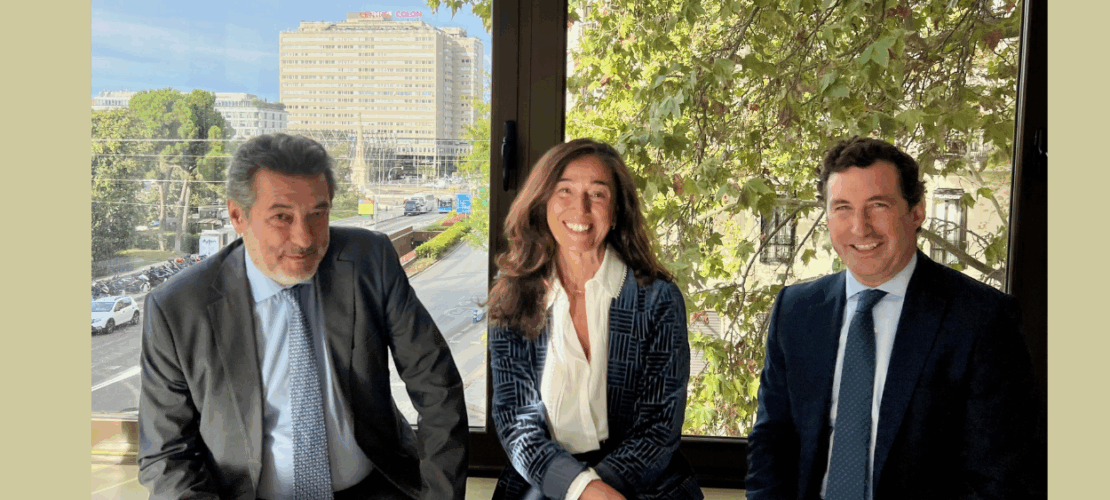Legal Design: towards a more human legal practice
A strategic lever for lawyers, law firms and companies in the era of AI and sustainability
by mercedes galán
Experts: Laura Fauqueur, founder of Legal Shake; Inés Monzó, founder of Linguistic Animals and Teresa Parada Cano-Lasso, Legal Advisor Manager at Heineken Spain.
Legal Design is no longer a passing trend, but a movement that is transforming the way lawyers, law firms and legal departments design their services, communicate with their clients and define their business strategy.
As Laura Fauqueur, a pioneer in this field and founder of Legal Shake, explains, “Legal Design has the power to completely transform the strategy of a law firm or legal department by placing the user at the center of all processes. This means rethinking from how to communicate with clients (internal or external) to how legal services are structured.”
This vision responds to a paradigm shift and also to an urgent need in an increasingly competitive market. Fauqueur adds: “At a strategic level, it allows differentiation from the competition by offering an experience that is more accessible, understandable and adapted to the real needs of people.”
IMMEDIATE BENEFITS: TRUST, EFFICIENCY AND CLOSENESS
The most tangible impact is seen in the relationship with the client. For Inés Monzó, founder of Linguistic Animals, “the main beneficiaries of applying Legal Design are the clients and, in general, all the audiences lawyers address. The vocation is to create information and processes with the user in mind, their needs and circumstances. It makes things easier, builds trust and increases efficiency. It’s all benefits for the client!”
In the same line, Fauqueur highlights how those who embrace this methodology “usually see improvements in client satisfaction, reduction of explanation times and repetitive queries, and greater efficiency in service delivery.”
The experience of Teresa Parada Cano-Lasso, Legal Advisor Manager at Heineken Spain, confirms this transformation: “Legal language is a hurdle even for lawyers. We get used to it out of tradition and repetition, although we prefer clear texts. Simplified contracts are more attractive and just as enforceable as those drafted in legal jargon. In my first stage at Heineken, working with Marketing, I understood the importance of communicating effectively. That contrast led me to rethink my way of drafting and to closely follow Legal Design.”
The anecdote she shares from her time at PwC is revealing: “I remember how we laughed and played to see who could build the longest sentence using only technical jargon.” An irony that shows how much complexity had become normalized. “But when you work with other business areas, such as Marketing, you understand that clarity is not only aesthetic, it is a condition for effectiveness.”
IMPLEMENTATION CHALLENGES
…












